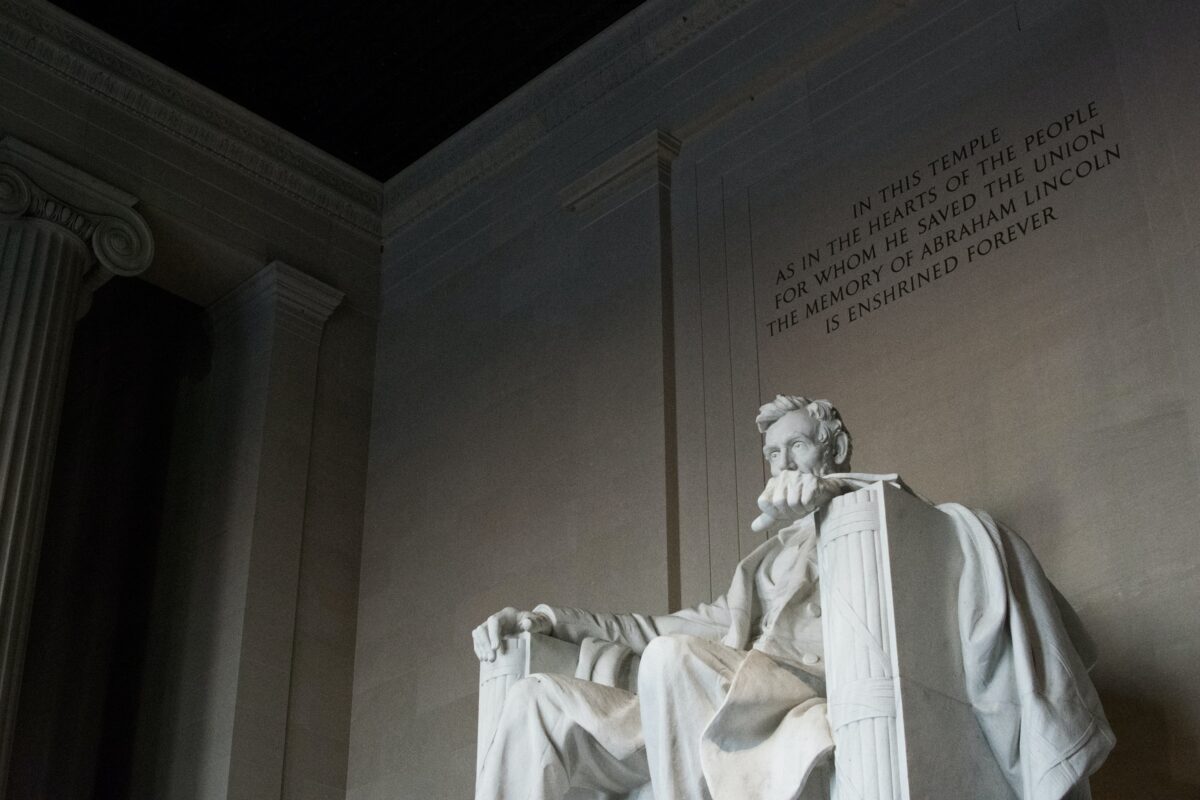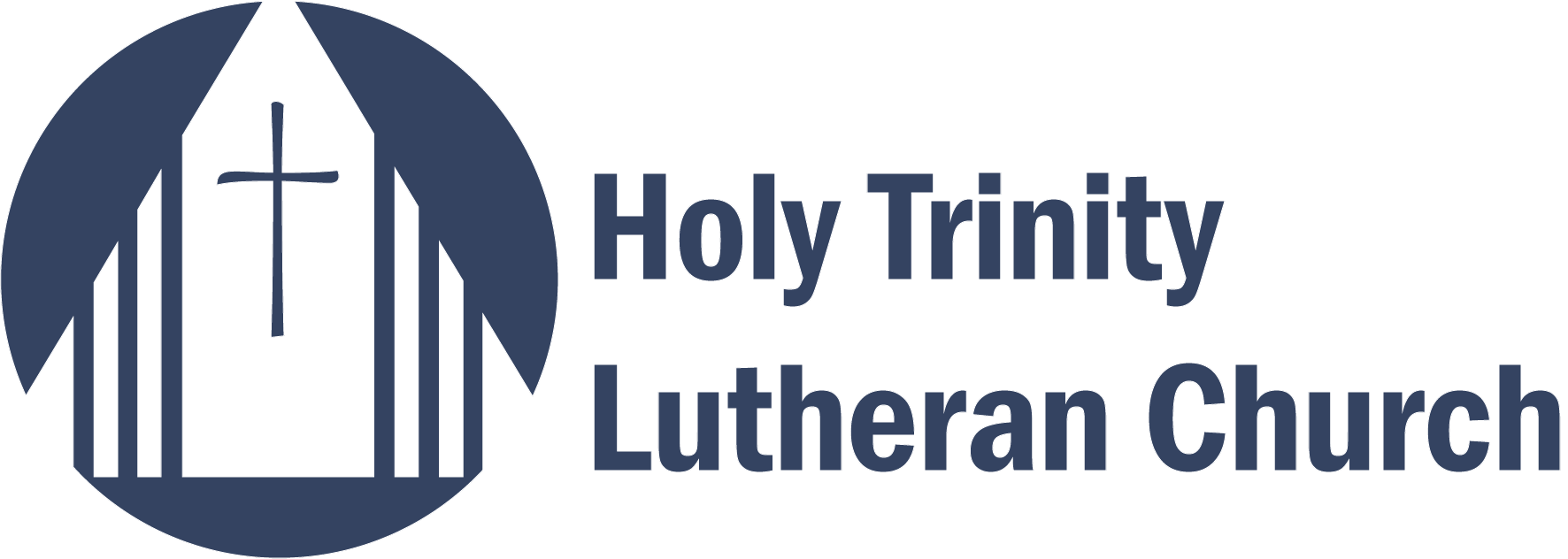Free!

Grace to you and peace from God our Creator, from our Risen Lord and Savior, Jesus Christ and from our Sustainer, the Holy Spirit. Amen.
“A disciple is not above the teacher, nor a slave above the master; it is enough for the disciple to be like the teacher, and the slave like the master…so have no fear…; for nothing is covered up that will not be uncovered, and nothing secret that will not become known.”
Something or someone who is covered up will one day be uncovered – one day – eventually, and something secret will one day become known – one day – eventually. It is a fascinating story. A story of disguises and cover-ups. A story of deception and discovery. A story of white and black. A story of husband and wife. A story of risk and danger. A story of passion and escape. A story of ingenuity and self-emancipation A story of bondage and freedom. A story of master and slave.
From today’s second lesson –St. Paul’s letter to the Romans – “What then are we to say? Should we continue in sin in order that grace may abound? By no means! How can we who died to sin go on living in it?” And going on living in the sin of slavery William and Edith Craft refused. They risked their very lives to free themselves from sin – the sin of one human being enslaving another.
This is the true story of William and Edith Craft who in 1848 in Macon, Georgia planned, executed and survived a daring escape from slavery. Let me give you a bit of background about William and Edith both of whom were born into enslavement. In fact, Edith’s enslaver was her own father who was white and who eventually traded her off to another daughter and Ellen’s half-sister who was white and who became her next enslaver. She served her own sister as her maid, and became in her own right an accomplished seamstress.
William, too was born into enslavement but rather than working hard labor in the fields became a skilled cabinet-maker and wood worker able to earn his own money a percentage of which had to be turned over to his enslaver. William and Edith met when they were children and in their late teen age years were married even though they could not live together. Then in their early twenties they planned, executed and survived a remarkable and daring escape from slavery.
Their story came to mind immediately when I first laid eyes on today’s gospel reading from Matthew for William and Edith turned upside down this notion that “a disciple is not above the teacher, nor a slave above the master.” Their story came to mind when I kept reading the gospel which says this: “…have no fear…for nothing is covered up that will not be uncovered, and nothing secret that will not become know.” This story comes to life in a fascinating book I’m reading by Ilyon Woo called, “Master, Slave, Husband, Wife. An Epic Journey from Slavery to Freedom.” And this is how they did it.
For years they planned their escape. First, they both earned their own money from their skilled labor – Edith as seamstress and William as cabinet maker –at least they saved what they could after giving a large percentage to their enslavers. With their money they purchased the fine fabrics needed for Edith to make with her own hands the clothes of an aristocratic gentleman. You see, she happened to be very light-skinned and could be mistaken for a white person, so with the clothes she made, with boots and a top hot she disguised herself as a southern white gentleman. William, who happened to be very dark-skinned, posed during their escape as her slave. So for 1000 miles they traveled by train, steamship, and coach from Macon, Georgia to Philadelphia with tickets purchased from their hard-earned money, Edith as a white, southern gentleman and William as her obedient, doting and dutiful slave.
Their 1000-mile journey is full of adventure, close-calls, terrifying moments but always breathlessly anticipating what it would feel like to be free. From St. Paul’s letter, “We know that our old self (that is our old self in enslavement, our old self bought and sold to the highest bidder, our old self worth nothing more than cattle or a cart) we know that our old self was crucified with him so that the body of sin might be destroyed, and we might no longer be enslaved to sin.” William and Edith (and millions of others) know in their own bodies what it is like to be enslaved to sin – specifically enslaved to the sin of slavery, and so many longed, longed “to consider themselves dead to sin and alive to God in Christ Jesus” as St. Paul so eloquently writes.
Their fierceness, their passion for freedom echoes the fierceness, the passion we hear from the prophet, Jeremiah in the first lesson for today who against all odds knew every step towards freedom, every step closer to oneness with the divine was worth the danger. Jeremiah boldly claims that “…the Lord is with me like a dread warrior; therefore, my persecutors (my enslavers) will stumble, and they will not prevail. They will be greatly shamed, for they will not succeed. Their eternal dishonor will never be forgotten.” One day for William and Edith the sin of slavery will end.
Once Edith and William reached the promised land of Philadelphia, they quickly discovered there is no such thing for the newly enacted Fugitive Slave Act put them in mortal danger even while free in the north. Slave catchers were hot on their trail, but instead of hiding, instead of settling down and staying out of sight, William and Edith took to the lecture circuit telling their gripping tale of escape to audiences all over New England. With others who escaped enslavement and famous abolitionists they spoke in Worcester, New Bedford, Plymouth, Marshfield, Lynn and Faneuil Hall in Boston.
I’d like to share with you a passage from the book that speaks to the impact of their bold, daring, risking decision to do something about sin, to do something about injustice, to do something to free themselves (and consequently inspiring others) to free themselves from a known evil. They did something that most of us if not all of us cannot even imagine doing for the sake of justice, for the sake of freedom, and, frankly for the sake of the gospel of Jesus Christ – to live freely, to exist out from under the oppressive power of evil of which human beings are quite capable.
Their story begs the question – what are we willing to do? We’re certainly capable, but what are we willing to do? What decisions, risky, bold, dangerous decisions, will we, would we take to free others (or perhaps ourselves) from what is causing harm, injury, hurt, ridicule, poverty, hunger, injustice? What are we willing to do – even to the point of alienating family, friends, loved ones and leaving behind our comfortable life-styles. After all, “whoever does not take up my cross and follow me is not worthy of me.” Each of us as individual children of God and all of us as the body of Christ must answer the question – what does it mean to take up the cross of Christ and in the act of taking up the cross to be seen, viewed, and loved by God as worthy?
Here’s the passage from the book I’d like to end with. “In his own lecture years ago, William Lloyd Garrison (a well-known white abolitionist) had exhorted a skeptical crowd: ‘Suppose that, by a miracle, the slaves should suddenly become white. Would you shut your eyes upon their sufferings and calmly talk of constitutional limitations? No, your voice would peal in the ears of the taskmasters like deep thunder.’
Then the author of the book talks about the impact Ellen Craft (who risked her life to escape enslavement disguised as a white southern gentleman) had on audiences. “Now it was as if the miracle had been made manifest in Ellen. As the pastor-turned-activist Samuel May Jr. would marvel, ‘Ellen Craft…has no trace of African blood discernable in her features, eyes, cheeks, nose, or hair, but the whole (appearance) is that of a Southern-born white woman. To think of such a woman being held as a piece of property, subject to be traded off to the highest bidder..is in reality no worse or wickeder than when done to the blackest woman that ever was.” (Ellen’s presence- her witness, her testimony)…does yet stir a community brought up in prejudice against color a thousand times more deeply than could be effected in different circumstances…Ellen required audiences to question the meaning of all those categories that seemed to pin the social order in place, whether it be North, South, Black, White, master, slave, or husband, wife. Together, William and Edith turned popular racist arguments upside down…”
By disguising herself as a wealthy, white, southern gentleman who enslaved other people, Edith, an enslaved, poor, black woman risked everything, even her own life, to live this truth. “There is no longer Jew or Greek, there is no longer slave or free, there is no longer male and female; for all of you are one in Christ.” Amen.

